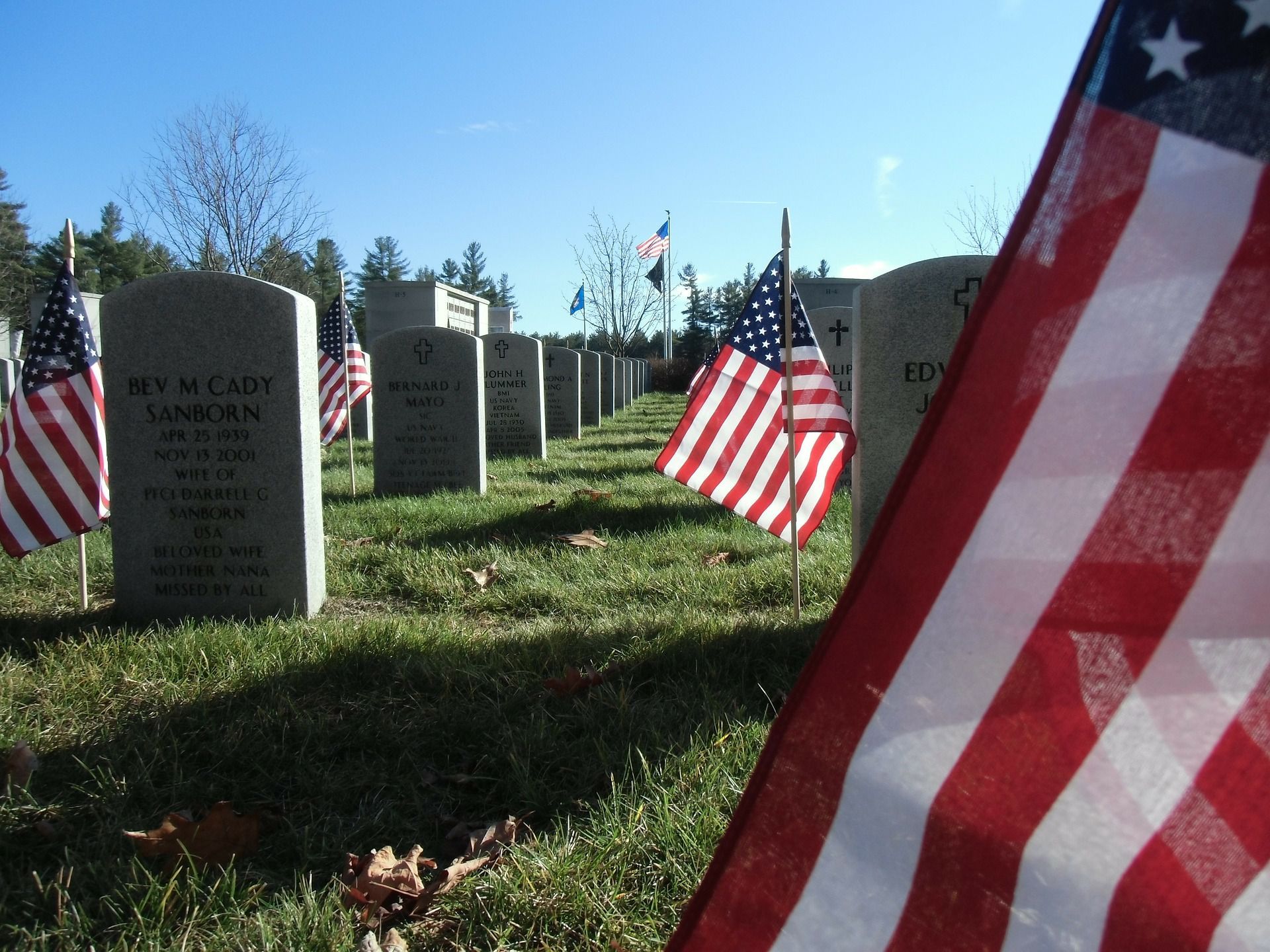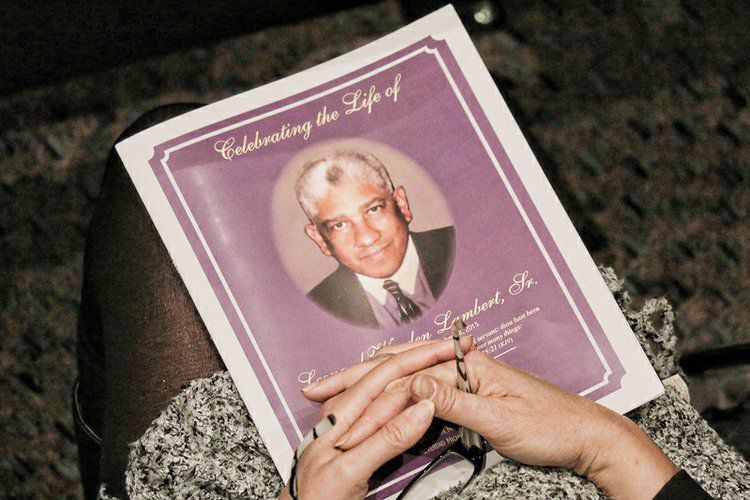Get To Know The Family At Hutchison Funeral Home
The history of our family business
When Mr. Hutchison first opened the Hutchison Funeral Home in 1979, he had a vision. This vision was to help and service all people in their time of need. No matter their race or background, Mr Hutchison was determined to open his doors to all people.
As a child, Mr. Hutchison would ride his bike down Detroit's Grand Boulevard and admire the shiny funeral cars parked outside of the funeral homes on that majestic street. Mr. Hutchison attended Wayne State University to study mortuary science. After completing his required courses, he became a licensed funeral director. Mr. Hutchison then fulfilled his dream of opening the Hutchison Funeral Home, at 6051 East Seven Mile Road in Detroit, MI.
Now, 35 years later, Mr. Hutchison’s dream has transformed into a successful family business. His two sons, Jaimie and Joey, work alongside him in the funeral home’s day-to-day operations. Both Joey and Jaimie followed in their father’s footsteps to become professionally trained in funeral service. Joey attended University of the District of Columbia and graduated with a degree in Mortuary Science. Jaimie attended Wayne State University and also graduated with a Mortuary Science degree.
Visiting the Hutchison Funeral Home
When you walk into the Hutchison Funeral Home, you are greeted by the relaxing sound of water from the waterfall in the front atrium. As you travel through the home, you reach the family room, an inviting lounge area where one can sit down to talk with friends and family. During the winter months, a fireplace adds even more comfort to this already cozy environment.
On the other side of the building is the casket room, which offers a large selection of casket hardware for families to choose from.
The Hutchison chapel was designed to seat over 200 people for a funeral service. It is a spacious, well-appointed place to host a funeral for those without a home church.
At Hutchison Funeral Home, our team is committed to the families of the Detroit community. Last Labor Day, the Hutchison's gave out free school supplies to students in the community to ensure a great start to the school year. The Hutchison’s are excited to do this school supply drive again this year, and we are also planning to host a winter coat drive for children and seniors in the community.
The Hutchison's strive to provide excellence and dignity in funeral service with each family they serve. Choose Hutchison, "When Service Matters.”



